TechEd 2013: Windows 8.1 to offer enterprise security and connectivity boost
Software giant talks up enterprise benefits of forthcoming Windows update.
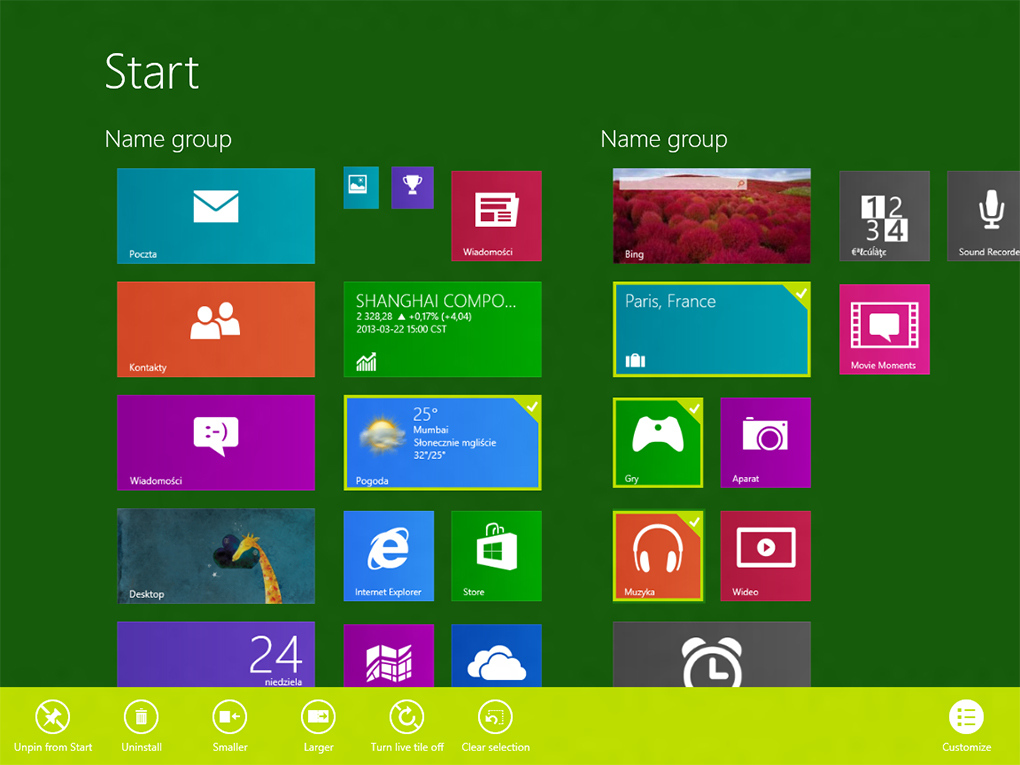
Microsoft has shed some further light on the enterprise benefits of upgrading to Windows 8.1, revealing that there is more to the new release than simply the return of the Start button.
The company published a blog outlining some of the general features users can expect to see in the new release last week, but stopped short of going into any great depth about its enterprise benefits.
Instead the vendor seems to have held back on that information until the first day of its TechEd conference in New Orleans, where the business features of the new OS were discussed at length.
People haven't liked the things we've taken out of Windows 8 and some haven't liked the things we've put back in with Windows 8.1.
During the event's opening keynote, Iain McDonald, Microsoft's director of programme management, touched on the return of the Start button and the fact users will have more opportunities to personalise the look and feel of the OS in 8.1.
"We've had Windows 8 out for eight months so far [and] we've been getting lots of feedback. We've sold over 100 million copies...we've got over 70,000 apps in the store, and we know we've got hundreds of millions of downloads of those apps," he said.
"And are we happy with it? Yeah, we're happy with it."
Despite this, he admitted some of the changes introduced in Windows 8 did not go down well with everyone, but neither have some of the features it has announced for the latest version.
Sign up today and you will receive a free copy of our Future Focus 2025 report - the leading guidance on AI, cybersecurity and other IT challenges as per 700+ senior executives
"In the last year...especially in the tech industry you probably would have heard people not liking things that were taken out of Windows 8 or there are some people now that [now] we've announced Windows 8.1, not liking we've put things back into Windows," he admitted.
Windows means business
McDonald then went on to showcase a number of Windows 8.1's new connectivity and security features, which should make the operating system a little more appealing to business users.
These include the introduction of its Assigned Access feature, which will allow certain users to boot to a specific application once they've logged into their device.
The function would come into its own in an exam setting, said Erwin Visser, general manager of Windows Commercial business, where teachers set students computer-based exams and don't want them going online to find out the answers.
Windows 8.1 devices can also be tethered to allow other PCs to connect to mobile broadband services, with Microsoft claiming up to 10 machines could be supported in this way. Although, McDonald admitted the connection might get a little slow around the "eight-to-nine" devices mark.
"You can use your PC as a personal hotspot... just like you would to a Wi-Fi hotspot," Visser remarked.
Users that want to hook up their Windows 8.1 devices to a projector will no longer be burdened down with trying to work out which lead to use, thanks to the inclusion of Miracast, which was described by McDonald as a "great sort of PowerPoint display technology".
The software, essentially, pairs up the device with the projector, he explained.
"It's not really a thing that you're going to go and want to have sitting in your desk and always be the way that you're connecting to your screen in your office, but it's great for that sort of conference room or presentation area," McDonald added.
Continuing with the connectivity theme, he also said users would be able to lean on near-field communication technology in Windows 8.1 to "tap" compatible devices, such as printers, and make them interact with their tablet or PC.
Securing the enterprise
Despite Microsoft trumpeting the fact that Windows 7 is six times more likely to get infected with a computer virus than its successor, the vendor is planning to rollout a number of security enhancements to the operating system when 8.1 finally drops.
Chris Hallam, senior product manager for Windows client security, told TechEd delegates that users can expect to see improvements in the software's network security and anti-malware capabilities in the new release.
"The most interesting feature is [code named] Provable PC Health, and this allows you to remotely analyse the security state of the device and its integrity," he said.
"We can [use this to] warn the user...and help them get their device back into a secure state."
Windows 8.1 will be released as a preview later this month at the Microsoft Build conference, before going on general release before the end of the year.
-
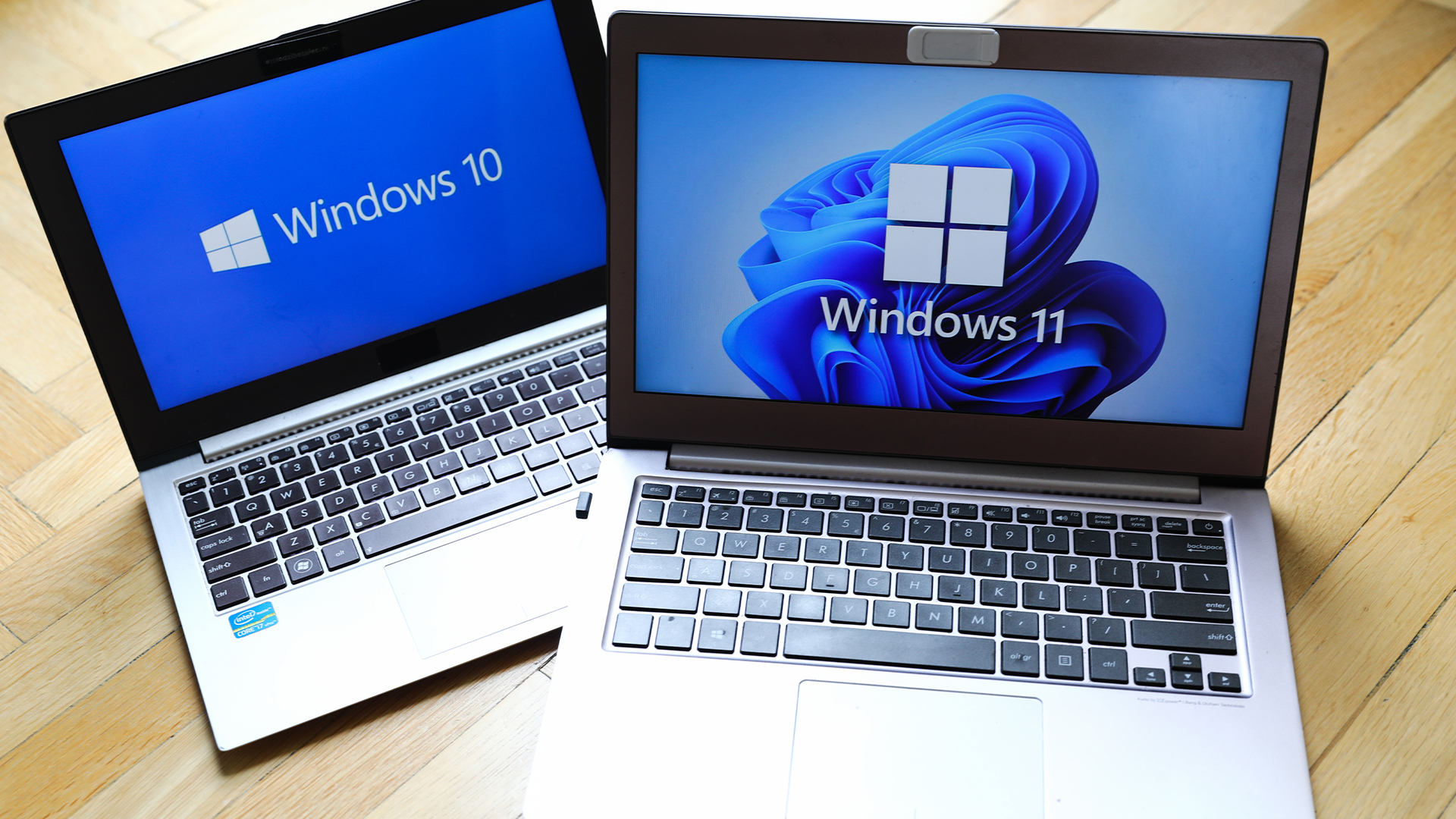 Windows 10 extended support costs could top $7 billion
Windows 10 extended support costs could top $7 billionNews Enterprises sticking with Windows 10 after the October deadline face huge costs
-
 Tiny11 review: Windows 11 with only 2GB of RAM
Tiny11 review: Windows 11 with only 2GB of RAMReview A version of Windows 11 for older machines that don't meet the full requirements
-
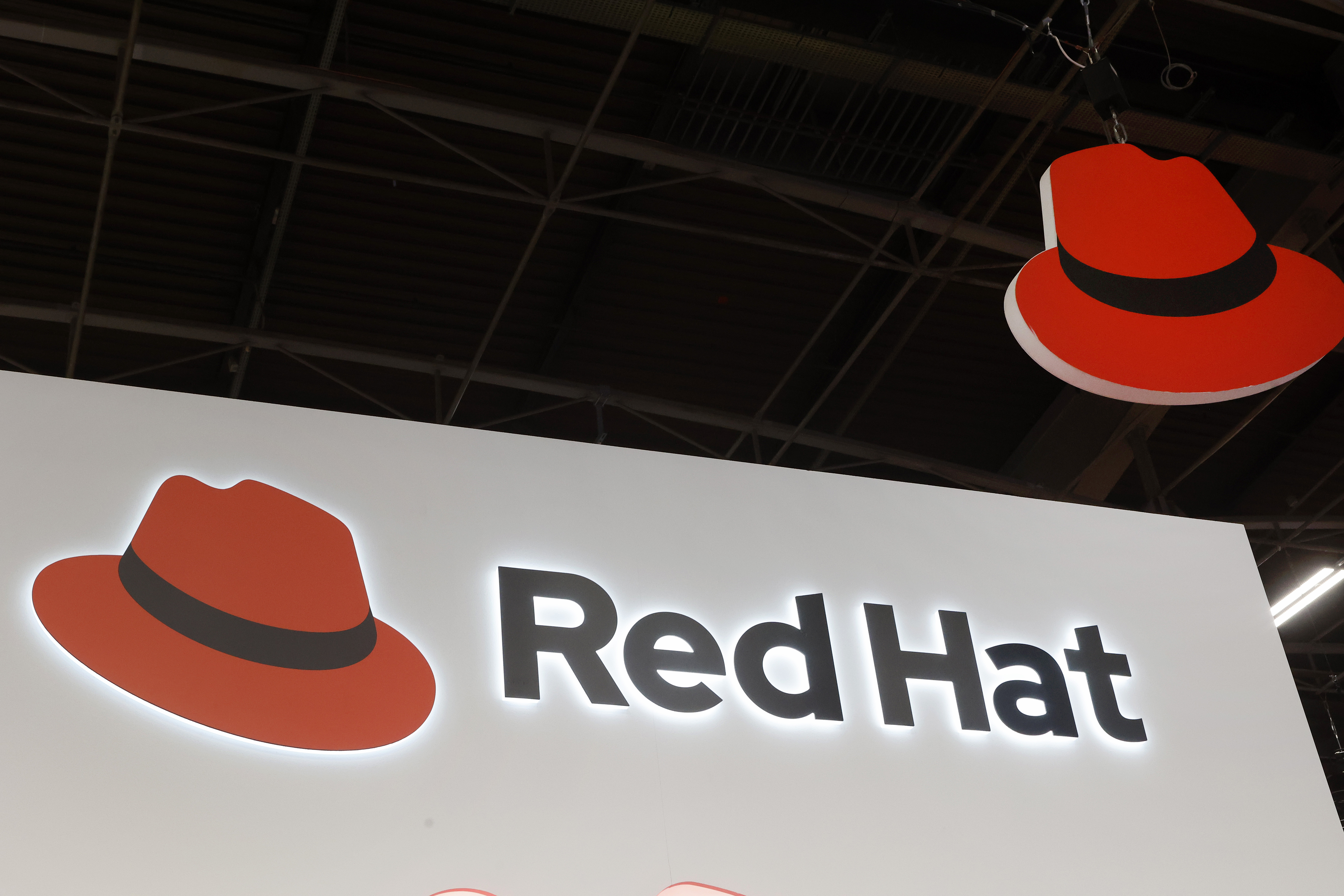 Red Hat Enterprise Linux becomes foundational operating system for Cohesity Data Cloud
Red Hat Enterprise Linux becomes foundational operating system for Cohesity Data CloudNews New strategic partnership between Red Hat and Cohesity aims to drive innovation in the data security and management space
-
 Ubuntu shifts to four-week update cycle
Ubuntu shifts to four-week update cycleNews Critical fixes will also come every two weeks, mitigating the issues involved with releasing prompt patches on the old three-week cadence
-
 AlmaLinux follows Oracle in ditching RHEL compatibility
AlmaLinux follows Oracle in ditching RHEL compatibilityNews Application binary compatibility is now the aim with 1:1 now dropped
-
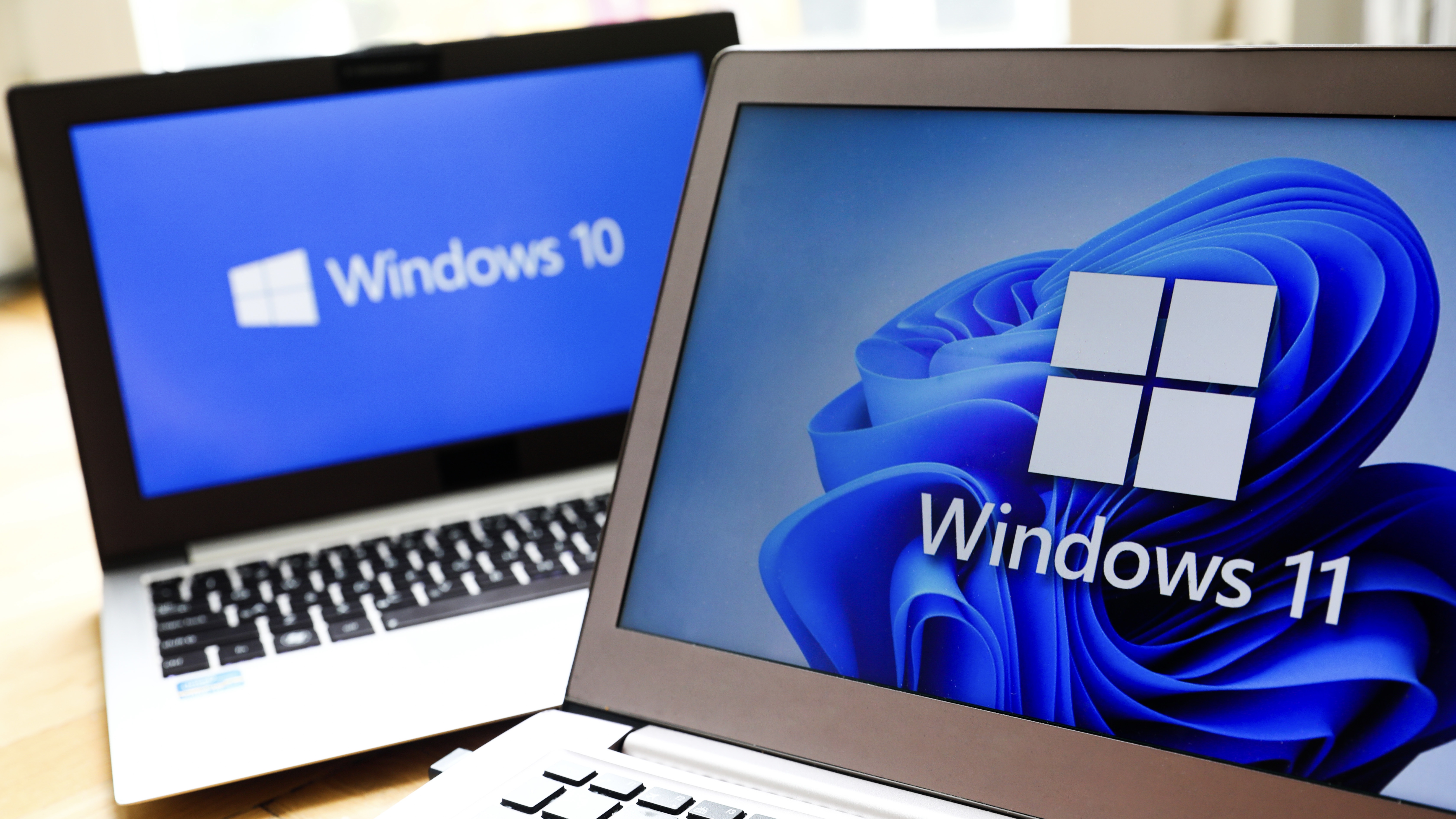 How big is the Windows 10 cliff-edge?
How big is the Windows 10 cliff-edge?ITPro Network With some comparing the upcoming Windows 10 end of life to Windows XP, we ask members of the ITPro Network for their insight
-
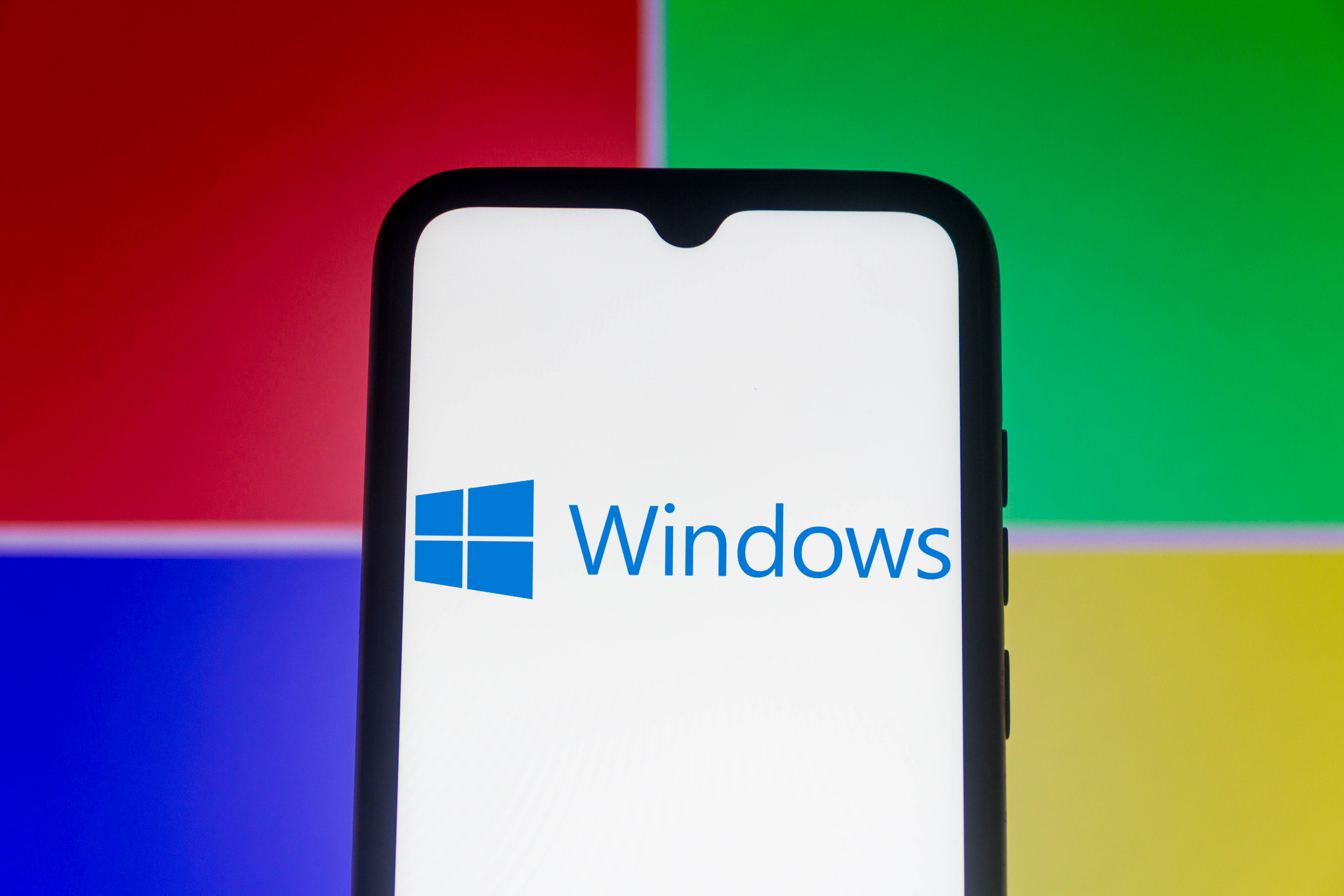 Everything you need to know about the latest Windows 11 updates - from bug fixes to brand-new features
Everything you need to know about the latest Windows 11 updates - from bug fixes to brand-new featuresNews Two new cumulative updates are on the way and will be installed automatically on Windows 10 and Windows 11 machines
-
 How to download a Windows 11 ISO file and perform a clean install
How to download a Windows 11 ISO file and perform a clean installTutorial Use a Windows 11 ISO to install the operating system afresh

